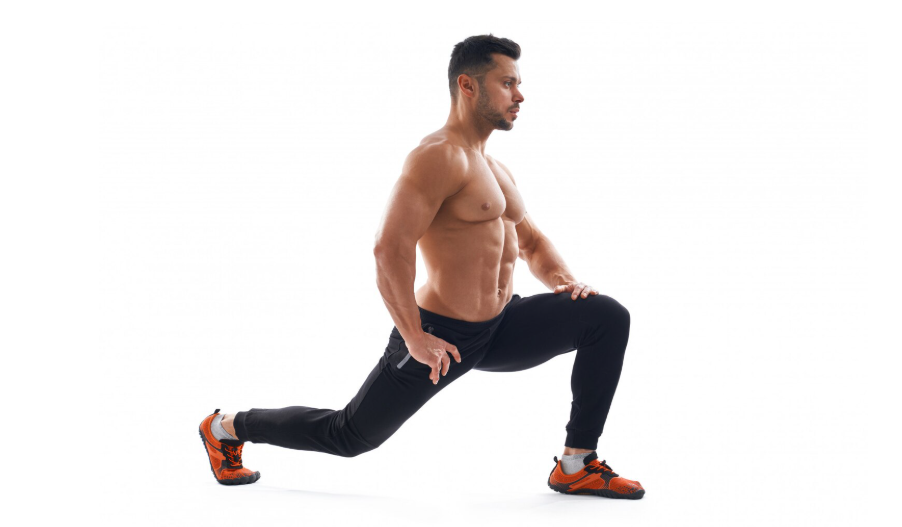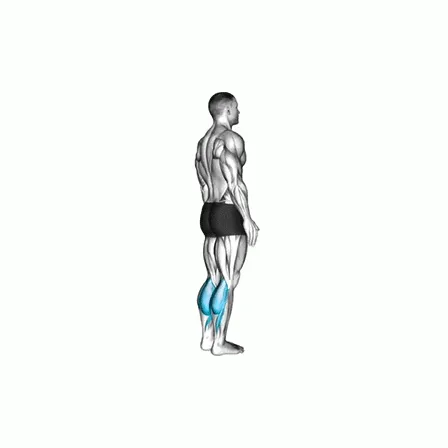Master Your Squats at Home: A Complete Guide
Basic Bodyweight Squat Instruction
-
Starting Position:
- Stand with your feet shoulder-width apart. Your toes should point slightly outward.
- Keep your chest up, shoulders back, and core engaged.
- Your arms can be extended in front of you or placed on your hips.
-
Descent:
- Begin by pushing your hips back as if you’re sitting into a chair.
- Bend your knees and lower your body. Keep your chest up and your back neutral. Your knees should track over your toes and not extend past your toes.
- Continue lowering until your thighs are parallel to the ground or as low as you can go while maintaining proper form.
-
Bottom Position:
- In the bottom position, your weight should be evenly distributed between your heels and the balls of your feet. Your knees should be aligned with your toes.
-
Ascent:
- Push through your heels to stand back up, straightening your knees and hips.
- Squeeze your glutes at the top of the movement and ensure your knees don’t cave inward.
-
Repeat:
- Perform the desired number of repetitions. For beginners, start with 10-15 reps per set and aim for 2-3 sets.
Tips for Better Squats:
- Depth: Go as low as you can while maintaining proper form. If you can’t go parallel yet, don’t worry—work on your flexibility and range of motion gradually.
- Knee Tracking: Ensure your knees stay aligned with your toes throughout the movement. Avoid letting them collapse inward.
- Breathing: Inhale as you lower yourself and exhale as you push up.
- Practice: Practice with just your body weight before adding any resistance. Once you're comfortable, you can progress to adding weights or resistance bands.
-
Form First: Focus on proper form to prevent injuries. Your feet should be shoulder-width apart, and your knees should track over your toes. Keep your chest up and back straight.
-
Warm Up: Always warm up before squatting. This can include dynamic stretches or lighter exercises like bodyweight squats or lunges to get your muscles ready.
-
Use a Full Range of Motion: Squat as low as you can while maintaining good form. Ideally, your thighs should be parallel to the ground or slightly below.
-
Engage Your Core: Brace your core throughout the movement to support your lower back and maintain stability.
-
Breathing: Inhale as you lower yourself and exhale as you push up. This helps maintain intra-abdominal pressure and stability.
-
Foot Placement: Experiment with foot placement to find what works best for you. Some people prefer a wider stance, while others go for a narrower one.
-
Gradual Progression: Increase the weight and intensity gradually to avoid overloading your muscles and joints.
-
Add Variations: Incorporate different types of squats (e.g., front squats, goblet squats, Bulgarian split squats) to target different muscle groups and keep your workouts interesting.
-
Recovery: Allow time for recovery between squat sessions. Your muscles need time to repair and grow stronger.
-
Listen to Your Body: Pay attention to how your body feels during and after the workout. If you experience pain (not to be confused with muscle soreness), it might be a sign to adjust your form or take a break.















